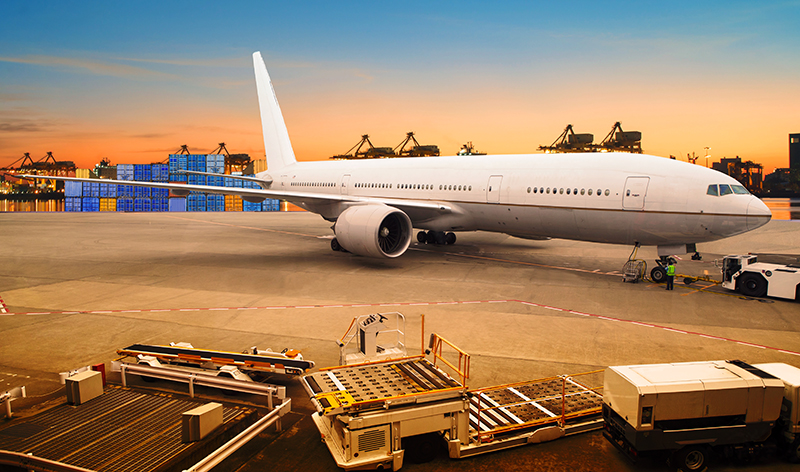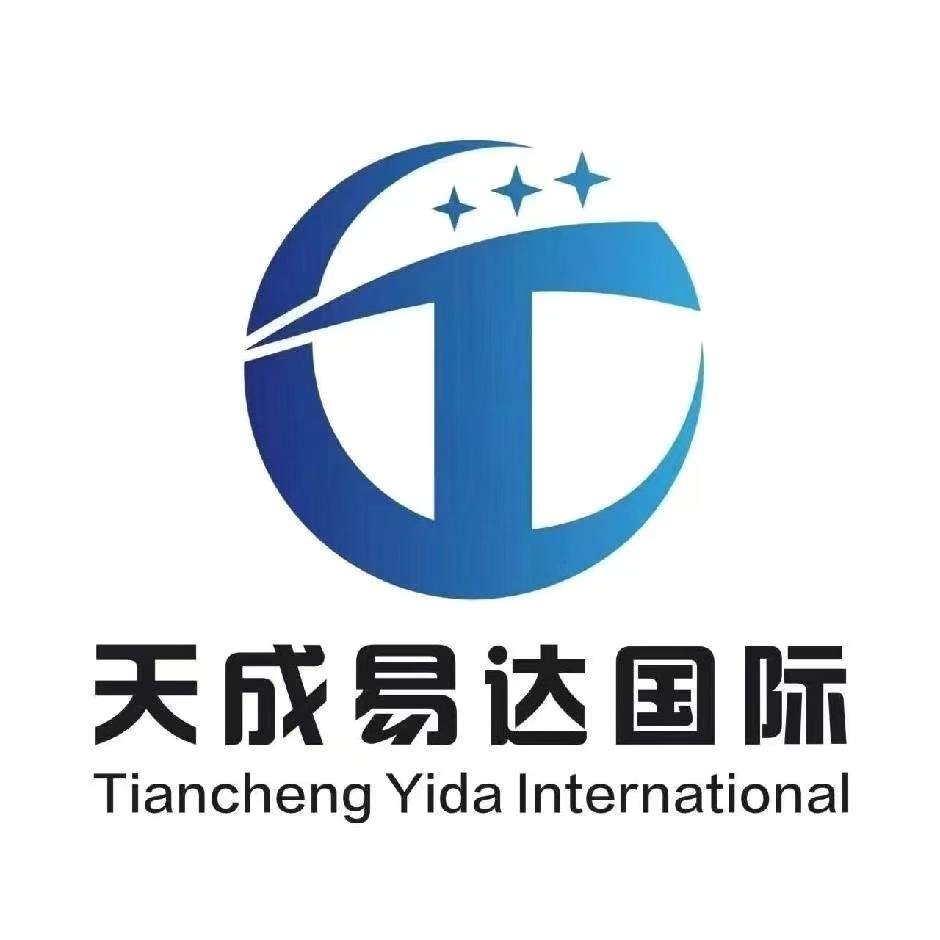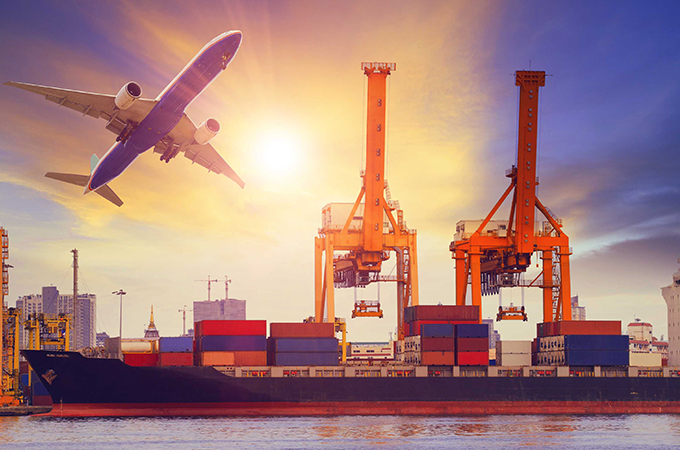Foreign trade shipment: Do you understand the difference between DDP, DDU, and DAP?

The two trade terms DDP and DDU are often used in the import and export of goods, and many exporters do not have a deep understanding of these trade terms, so they often encounter some unnecessary troubles during the export process of goods. So, what are DDP and DDU, and what are the differences between these two trade terms? Today, the editor will give you a detailed introduction.
What is DDU?
The English for DDU is "Delivered Duty Unpaid", which means "Delivered Duty Unpaid (designated destination)". This trade term refers to the delivery of goods by exporters and importers at a certain location in the importing country during the actual work process, in which the exporter must bear all the costs and risks of transporting the goods to the designated location, as well as the costs and risks of handling customs procedures.
However, it should be noted that tariffs, taxes, and other official fees that need to be paid when importing goods are not included here. Importers need to handle the additional costs and risks incurred due to the failure to complete the import customs clearance process for the goods in a timely manner.
Generally speaking, the cost details involved in DDU are quite complex. If this trade term is used, the importer must ask the freight forwarder to leave a written text and stamp it as a bottom line when confirming the price, in order to avoid any disputes in the future.
What is DDP?
The English name for DDP is "Delivered Duty Paid", which means "Delivered Duty Paid (designated destination)". This delivery method refers to the exporter completing import customs clearance procedures at the designated destination of both the import and export parties before handing over the goods to the importer.
Under this trade term, the exporter is responsible for all risks involved in transporting the goods to the designated destination, as well as handling customs clearance procedures at the destination port, paying taxes, fees, and other fees. It can be said that under this trade term, the seller has the greatest responsibility to bear. If the seller is unable to obtain an import license directly or indirectly, then this term should still be used with caution.
What are the differences between DDU and DDP?
The biggest difference between DDU and DDP mainly lies in the question of who bears the risks and costs during the import customs clearance process of goods at the destination port. If the exporter has the ability to complete import customs declaration, then DDP can be chosen. If the exporter does not have the ability to handle relevant matters or is unwilling to handle import procedures, bear risks and costs, then DDU terminology should be used.
The above are some basic definitions and differences between DDU and DDP. In the actual work process, exporters must choose appropriate trade terms based on their actual work needs, in order to ensure the normal completion of their work.
How to calculate the cost of DDU and DDP:
Fob amount. Plus: 1. All local charges at the export port. 2. Sea freight (whether positive or negative) is the CIF amount. If you want ddu, add the local charge at the destination port. If you want ddp, add the customs duty at the destination port
The difference between DAP and DDU:
DAP (Delivered at Place) is a new term in the 2010 General Principles, and DDU is a term in the 2000 General Principles. There is no DDU in 2010. The terms and conditions of DAP are as follows: Delivery to destination. This term applies to one or more modes of transportation, and refers to the delivery of goods prepared for unloading on the delivery vehicle at the designated destination to the buyer's disposal. The seller shall bear all risks of transporting the goods to the designated destination. It is best for the parties to clearly list the location within the agreed destination, as the risk of reaching that location is borne by the seller.
A Seller's Obligations:
A1 General Obligations
The seller must provide the goods and corresponding commercial invoices that comply with the sales contract, as well as any other evidence of compliance that may be required by the contract. Any document referred to in items A1 to A10, if agreed upon or customary by the parties, shall have the same effect if electronic records or procedures are used.
A2 Permits, Approval Certificates, Security Clearance, and Other Formalities
When customs clearance procedures are required, the seller must bear the risk and cost to obtain any export license or other official approval documents, and complete all necessary customs clearance procedures for the export of the goods and their transportation through any country before delivery.
A3 Transportation and Insurance Contract
a) The seller must enter into a transportation contract at their own expense to transport the goods to the designated destination, or to the agreed location (if any) at the designated destination. If the specific location is not agreed upon or cannot be determined according to practical practice, the seller has the right to choose to deliver the goods at the agreed destination port or the location most suitable for their intended purpose.
b) The seller of the insurance contract has no obligation to enter into an insurance contract for the purchase of the house. However, the seller must, at the buyer's request and at the buyer's risk and cost (if any), provide the information required by the buyer to obtain insurance.
The seller must place the goods at the designated destination (if any) on the transport vehicle upon arrival and prepare to unload the goods at the disposal of the buyer on the agreed date or within the agreed period.
A5 Risk Transfer The seller shall bear all risks of loss or damage to the goods until the goods have been delivered in accordance with A4, except for the loss or damage of the goods in the conditions specified in B5.
A6 Cost allocation: The seller must pay
a) Except for the expenses incurred in accordance with Article A3, all expenses related to the goods shall remain until the goods have been delivered in accordance with Article A4, except for those that should be paid by the buyer in the case of Article B6;
b) Any unloading costs borne by the seller in accordance with the transportation contract at the destination of the goods;
c) When customs clearance procedures are required, the necessary customs clearance fees for exports, as well as all customs duties, taxes, and other fees payable for exports, as well as the cost of transporting the goods through any country before delivery in accordance with A4.
A7 notifies the buyer that the seller must provide the buyer with any necessary notice so that the buyer can take the usual necessary measures to receive the goods.
The seller must provide at their own expense the documents that enable the buyer to receive the goods as described in A4/B4.
A9 Inspection, packaging, and labeling. The seller must pay for the inspection (such as quality inspection, measurement, weighing, and counting) required for delivering the goods in accordance with item A4, as well as the cost of mandatory pre shipment inspection required by the exporting country. The seller must package the goods at their own expense, unless it is customary for the goods to not require packaging. Unless the buyer has notified the seller of special packaging requirements before entering into the transportation contract, the seller can package the goods according to the appropriate transportation method, and the packaging should have appropriate markings.
If applicable, the seller shall, at the request of the buyer and at the buyer's expense and risk, provide or provide to the buyer in a timely manner any documents and information required by the buyer for the import of the goods and/or for the transportation of the goods to their final destination, including information related to safety. The seller must compensate the buyer for all expenses incurred in obtaining documents and information provided or assisted by the buyer in the case of item B10.
B Buyer's Obligations
B1 General obligation: The buyer must pay for the goods in accordance with the contract agreement. Any document mentioned in items B1 to B10, if previously agreed or customary by the parties, shall have the same legal effect as an electronic record or program.
When clearance procedures are required for B2 licenses, approval certificates, safe customs clearance, and other procedures, the buyer shall bear the risk and cost to obtain any import license or other official approval certificate, and complete all customs clearance procedures for the import of goods.
B3 Transportation and Insurance Contract
a) The buyer has no obligation to enter into a transportation contract with the seller.
b) The buyer of the insurance contract has no obligation to enter into an insurance contract with the seller. The buyer must provide the information required by the seller to obtain the insurance according to the seller's requirements.
B4 Receipt of goods When the goods are delivered as described in item A4, the buyer must accept the goods.
B5 Risk Transfer: The buyer shall bear all risks of loss or damage to the goods from the time of delivery in the case of item A4. If
a) If the buyer fails to fulfill its obligations in accordance with item B2, it shall bear all risks of loss or damage to the goods arising therefrom; or
b) The buyer did not issue a notice in accordance with item B7; From the agreed delivery date or expiration date, it shall bear all risks of loss or damage to the goods, provided that the goods are clearly identified as the goods of the contract.
The division of B6 fees must be paid by the buyer
a) All expenses related to the goods from the time of delivery in the case of item A4;
b) The means of transportation that arrive from the designated destination is the place where the goods are received.
- 上一篇:Russian Railways: China Europe Container Transit Transport Growth by 47%
- 下一篇:Are you familiar with several delivery methods for international sea freight?










